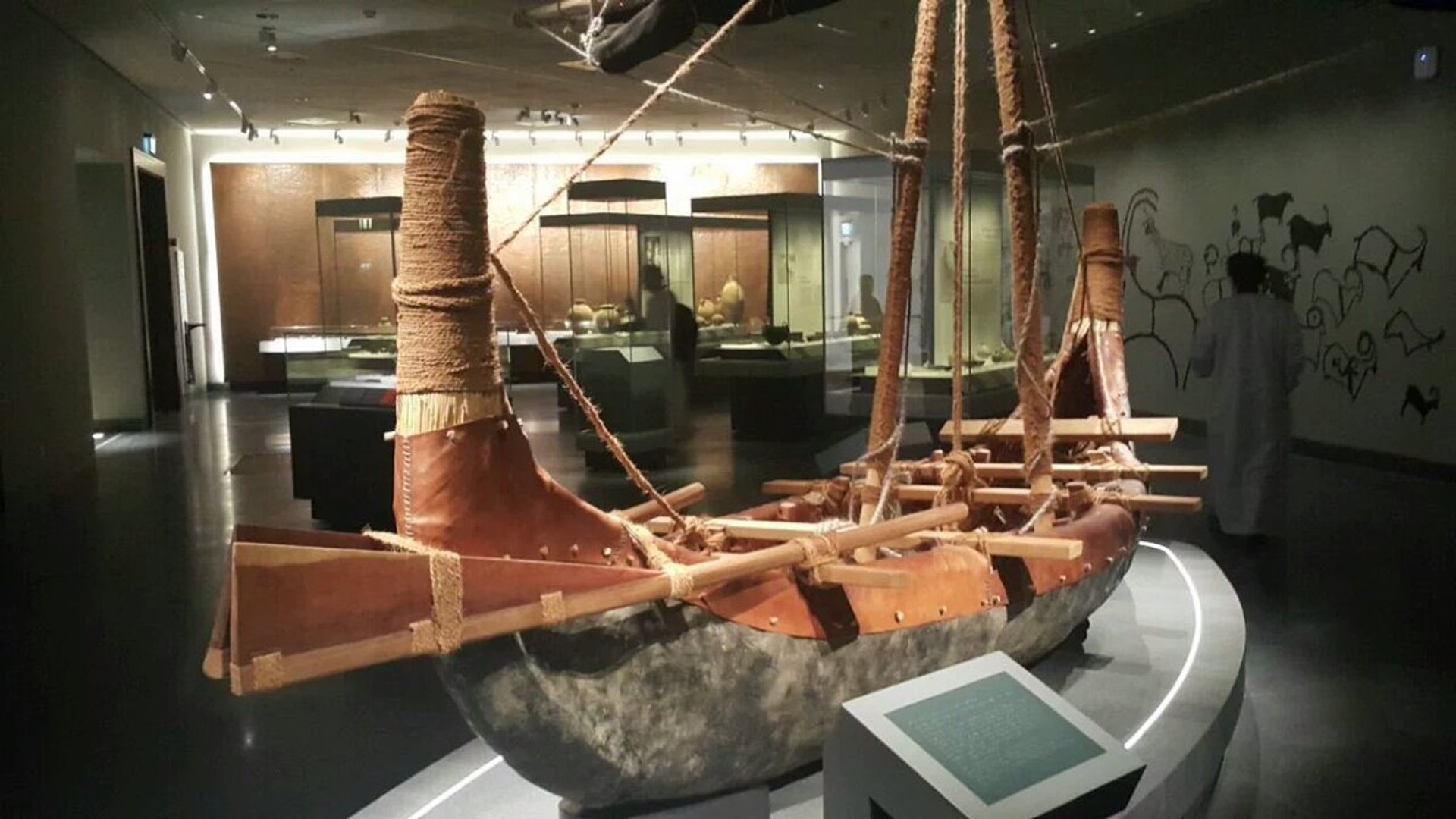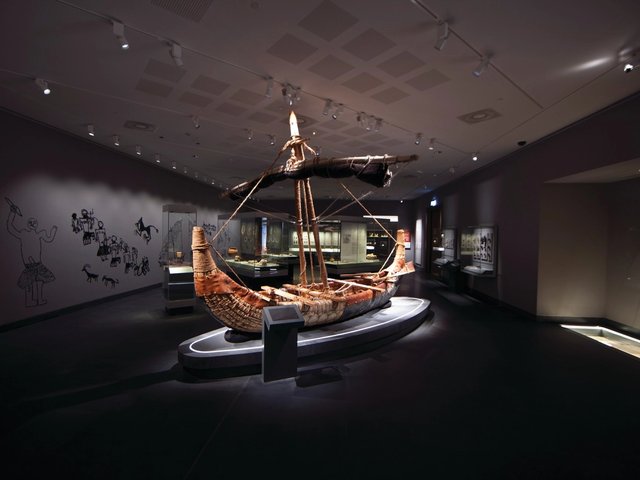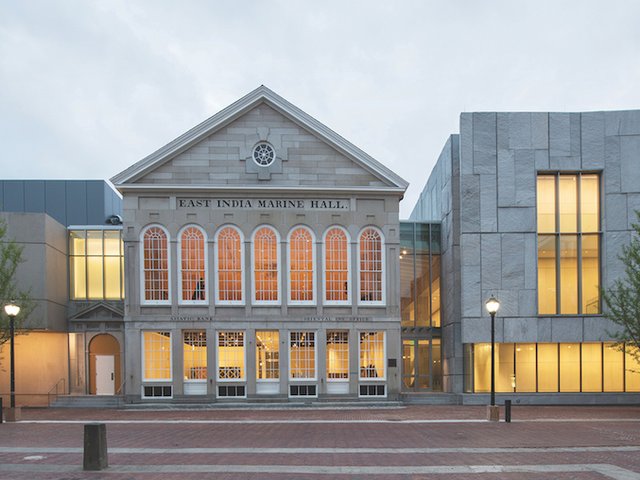The National Museum of the Sultanate of Oman, located in the capital of Muscat, a Persian Gulf port city, is set to open to the public on 30 July. The museum, formally established by a royal decree in 2013, aims “to ensure that Oman’s heritage is understood and appreciated within the sultanate and valued and recognised internationally”, its acting director general, Jamal al Moosawi, said at a press conference on 26 July. “Its purpose is to increase knowledge and appreciation for the cultural heritage of Oman, provide opportunities for cultural expression, innovation and transfer of traditional skills and knowledge from one generation to the next.”
The museum’s 14,000sq. m building, with a stately white façade, includes 4,000sq. m of exhibition space dedicated to the permanent collection, which has around 12,500 artefacts from Oman dating back to the prehistoric era. (The country’s empire once reached modern-day Pakistan, Iran and Zanzibar.) Around 5,500 objects are on display across 14 permanent galleries with themes such as Maritime History and Arms and Armour. The Oman and the World gallery, for example, includes gold coins and utensils from a recently excavated 16th-century shipwreck thought to be the Esmeralda, part of Portuguese explorer Vasco da Gama’s fleet that sank off Al Hallaniyah island in 1503 en route to India. There is also a gallery for temporary exhibitions.
Al Moosawi, who has also served as the project manager for the new construction since 2010, has stressed the museum’s continuing commitment to historic and scientific research, with on-site conservation and storage facilities. Curious visitors will get a peek at some of the artefacts in the reserves with an open storage space, the Collection gallery, where they can watch museum staff work with the objects.

The museum has been partially open since last December and has welcomed school groups and a summer programme of workshops for children and teens, with topics ranging from Photoshop to mosaics to Arabic calligraphy. It has a dedicated education centre and is also focussed on accessibility for disabled visitors with, for example, display captions in Arabic Braille.
Al Moosawi hopes that the museum will reach 120,000 visitors in its first year. It also plans to expand its staff, which currently has 44 members, to 90.
Oman has adopted an austerity budget for 2016, but Al Moosawi told the Times of Oman that this has not altered plans for the museum. “It poses challenges when it comes to managing and operating the institution, but these will be manageable,” he added. The government is planned to cover 90% of the institution’s budget.
The museum has agreements with the Victoria & Albert Museum and the Tate in London, the Smithsonian Institution in the United States and the Calouste Gulbenkian foundation, based in Portugal.



